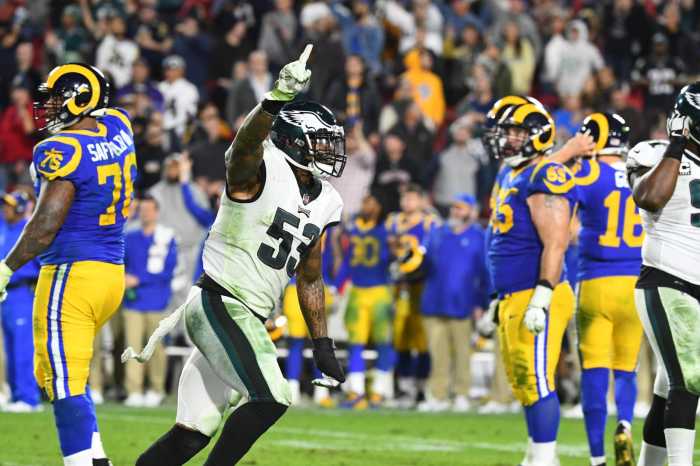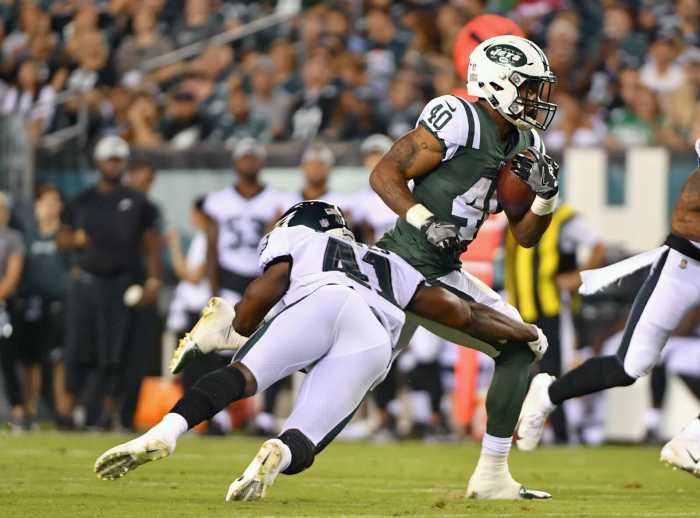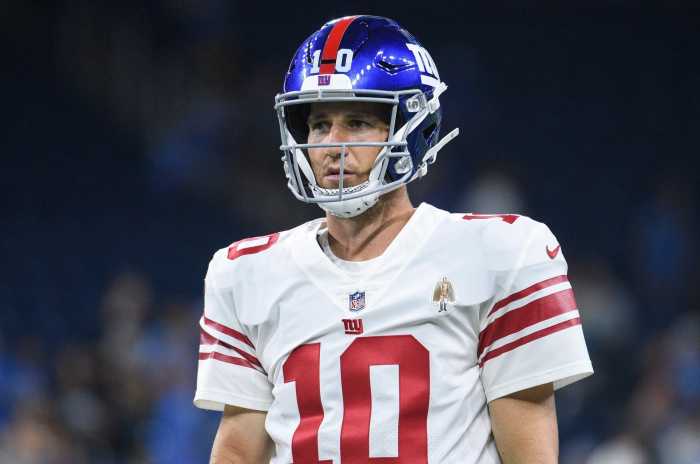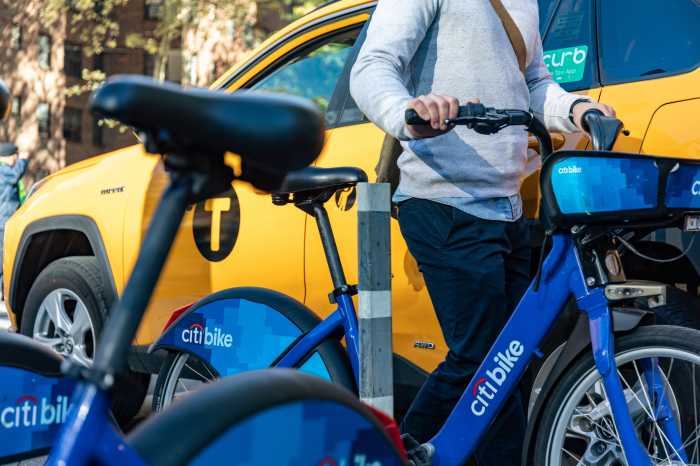Welcome to part two of the Carson Wentz versus Nick Foles debate. Finding themselves in the midst of a late blooming controversy, sparked by a spat of impressive play from Foles, many Eagles fans have flipped their opinion on Wentz’ future as a starter in Philly. The debate has been pretty black and white — either you and your trained team of analysts think Wentz is the future and Foles is a career backup, playing out of his mind for the best city in America; or rather that Foles is the answer as offensive shot-caller and Wentz is an injury-prone might-have-been for Philadelphia nostalgia-seekers. While there is no denying Foles’ incredible ability to keep Eagles’ hopes alive late into the winter, the naysayers haven’t truly given Carson a fair shake. Coming off a major injury this off-season, and playing through a nagging back injury for a chunk of the season, Wentz never really looked like himself in the 2018 season. The Eagles offence followed suit. Now, with Foles starting, the offence has gotten the shot in the arm they needed and many are unduly attributing the offensive failures to Wentz. Following last article’s look at the rest of the team’s performance under the two pivots, this article will delve into the numbers surrounding the discrepancy between the almost-MVP and the Super Bowl MVP.
Nick Foles vs. Carson Wentz: The Numbers
Before we dive into our examination of the film, and the derivation of the offence’s upswing, let’s crunch the numbers. The stats below are provided by PlayerProfiler.com which gives a fantastic breakdown of advanced statistics for each player. There are two major differences in the numbers displayed, both with a major impact on the offensive performance of the team as a whole. There are also numbers to disband some fallacies that some pro-Foles propaganda has supported. Let’s look at those first:
| Carson Wentz | Nick Foles | |
| Protection Rate | 82.0% | 80.0% |
| Pressured Completion % | 36.1% | 60.5% (#1) |
| True Completion % | 74.0% | 72.9% |
| True Passer Rating | 98.2 | 89.5 |
| Money Throws (per Attempt) | 19 (0.047) | 5 (0.031) |
| Danger Plays (per Attempt) | 24 (0.060) | 9 (0.056) |
| Accuracy Rating | 3.1 (#4) | 2.6 (#33) |
| Air Yards per Game | 158.6 | 157.0 |
| Air Yards per Attempt | 4.3 | 3.9 |
| Pass Attempt Distance per Att | 8.0 | 7.8 |
| Adjusted Yards per Attempt | 7.5 (10th) | 6.9 (18th) |
| Deep Ball Attempts per Game | 4.0 | 5.0 |
| Deep Ball Completion % | 31.8% | 30.0% |
| Target Separation per Attempt | 1.35 | 1.35 |
| Cast Efficiency Rate | -0.78 | +1.04 |
| Drops per Game | 1.6 | 1.3 |
Foles is a better deep ball passer.
False. Carson has a slightly higher deep ball completion percentage despite not having the jump-off-the-screen plays that the Eagles have had over the last few games. The root of Foles success is twofold. First, he attempts one more deep ball per game. That extra deep ball, combined with a 30% completion rate makes a world of difference. That extra deep ball could be the one that gets completed to Nelson Agholor for the team’s longest touchdown of the season. Likewise, that extra deep ball could be the one that puts the Eagles in range to kick a game winning field goal at the end of regulation against the Texans. Secondly, under Nick Foles, the success of 12 personnel has already been discussed. The effect this has had on opposing defences and opening up the deep middle of the field cannot be understated. That deep ball against the Rams that both Alshon and Nelson were far behind the defence — you guessed it, 12 personnel facing a zone defence. Moreover, as we will later discuss, the boost that Foles has received from his supporting cast has been instrumental. This is a symbiotic relationship however, and Foles’ style has its role to play.
Foles is a more accurate passer.
Somewhat true, but mostly false. Carson was the second most accurate passer in the league according to accuracy rating heading into week 16 and took a small tumble down to fourth afterwards. For all qualified QBs, he is 3rd in terms of completion percentage, falling behind only Drew Brees and Kirk Cousins. Over four games this season, Foles has a completion percentage of 69.8, which would place him just ahead of Carson. Subtract the Falcons game, his worst of the season, and his completion percentage jumps up to 73.9, a tick behind Brees. The same jump could be had for Carson if we didn’t count the Saints game, in which he completed only 57.6% of his pass attempts. Foles had the best accuracy rating in the league before the Texans game, but fell to 33rd following the record-setting performance. The key here is that accuracy rating depends on ball placement, not solely on incomplete passes. Foles failed to consistently lead receivers, and while the passes were completed, they lacked premier accuracy. With such a small sample size, Foles’ averages are bound to fluctuate immensely.
Carson takes too many risks.
Hard to tell. The question is really if Carson takes more undue risks than Nick Foles. According to the “danger throws” tally, the difference between the two is negligible. On a per attempt basis, neither quarterback is overtly risky. Wentz’ numbers also showcase a big jump in “money throws”, substantiating passes “requiring exceptional skill or athleticism as well as critical throws executed in clutch moments”. Therefore, the difference in risk is mitigated by the increase in plays that only Carson and a handful of other players can make. Also, Wentz’ 21:7 touchdown-to-interception ratio, including an awful three interception game against the Saints, is much better than Foles’ 7:4 ratio on the season.
Supporting Cast Efficiency Rate
The last article stated exactly this, however it is good to have quantifiable numbers to examine just how much better the receiving corps has been. Nevertheless, Foles himself can’t be completely counted out in this equation. The most common analogy for Foles’ style of play is that of an NBA point guard. I’ll take it one step further for the basketball fans in the audience and say that Foles is similar to a regular-season Kyle Lowry — Saint Nick of course, has had much more success in the post-season. By this comparison, I allude to the fact that Foles is not only adept at getting the ball to his play makers, but getting it to them in their spots. Alshon favours contested catches 15-25 yards down field, where he can use his length advantage — done. Agholor likes the ball deep, but in a timely fashion so that he has time to track and adjust — check. Nelly expedites this process by displaying his quickness on short stops and crosses before surprising defences with his underrated long-speed — done and done. Sproles needs the ball in his hands quickly so that he can dance and dangle defenders — Foles threw his way four times in that manner against the Texans. The list goes on, and in all games where Foles is at the helm, you’ll find multiple examples of these plays. The argument could be made that Foles would have done a better job of getting Golden Tate going, had he been the starter earlier in the season; but let’s not speculate too much.
Continuing the comparison of Foles and Philadelphia-born point guard: even in games that Lowry struggles, he facilitates the play styles of the players around him and can take a deep three from time to time to keep defences honest. Oh yes, this analogy has layers, friends. Likewise, Foles’ stats don’t always jump off the page, but in games where the run game is humming, or there are favourable match ups between receivers and defensive backs, he doesn’t do anything to take away from, or over-complicate those advantages. He will take a deep shot from time to time to keep the defence honest — with a solid success rate — and is an understated cerebral player. The Rams game, as well as the Falcons game were good examples (accordingly, there have been countless games this season in which Lowry has had as many or more assists than points). Then there are games where the two signal callers just take over, and teams just don’t seem to have an answer. Look no further than the record-setting performance against the Texans (or PHI @ TOR part one; TOR @ GSW in Lowry’s case). Even still, there isn’t a consistent stat-line for either player, their consistency comes in the fact that they generally do what they are required to for their team to win, provided ample performances from their supporting cast. We’ve seen the results with the two out of the lineup; both teams struggle to get the most out of their star players.
The biggest schematic difference between a Foles-led offence and Carson’s, one that will be a large portion of the film study in the next article, is that Carson is the focal point of the Eagles offence. When he is calling shots, everything runs through Wentz. With Foles under centre, the focus is on everyone else. In other terms, Foles is the conduit through which the offence flows, whereas Wentz is the star at the top of the tree. Short answer made unnecessarily long: inherent to his play style and role in the offence, Foles has been better at getting the most out of his supporting cast. The results are returned exponentially from the offence as a whole. For those with their interest piqued, Carson had a supporting cast efficiency rate of +2.27 in 2017. Therefore, when Wentz struggles — or is injured, which has been the case for most of this season — it is much more noticeable then when Foles has an off game.
Pressured Completion Percentage
For this point to be fully understood, we will need the help of the film analysis in part three. Nonetheless, the discrepancy between the two signal callers jumps off the page. The supposed reason for the difference is Carson’s recovery from ACL surgery and newly-acquired back injury, which has caused him to look tentative in the pocket and less mobile when leaving it. However, if we hearken back to his spectacular 2017 season, Wentz only had a pressured completion percentage of 27.0%. In accordance, it is likely that the problem lies elsewhere. And so, I offer a my own solution — Foles has a much quicker release than Wentz. A long, arching release can really make passes under pressure difficult, and was one of the biggest knocks on Carson coming out of North Dakota State. It will become more obvious with film evidence, but it is telling that one of the focuses of his time at 3DQB — which I will also discuss in further detail in the final article — was quickening his release.
Mandatory Credit: Matthew Emmons-USA TODAY Sports


























